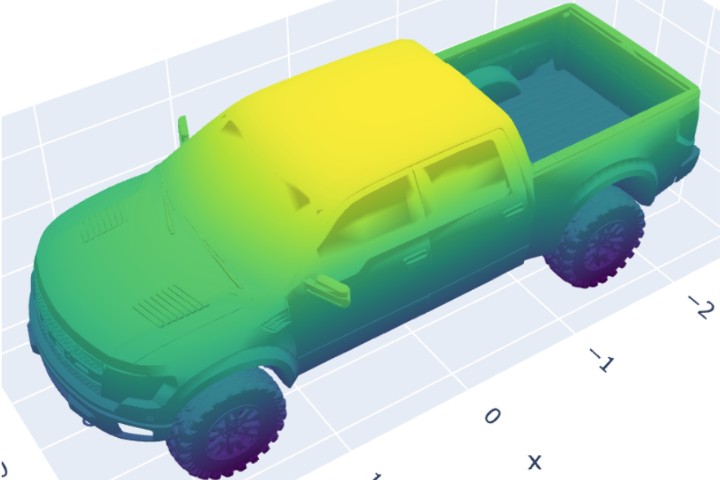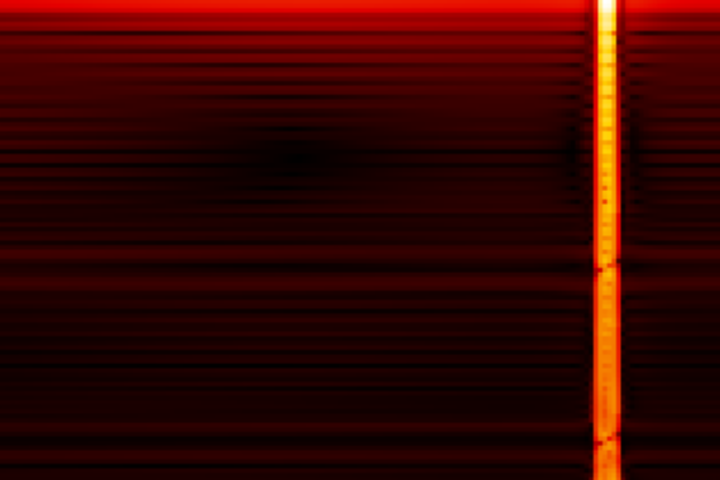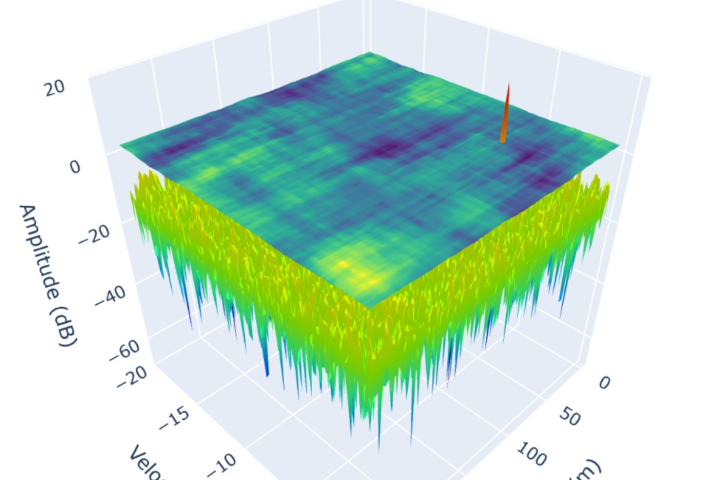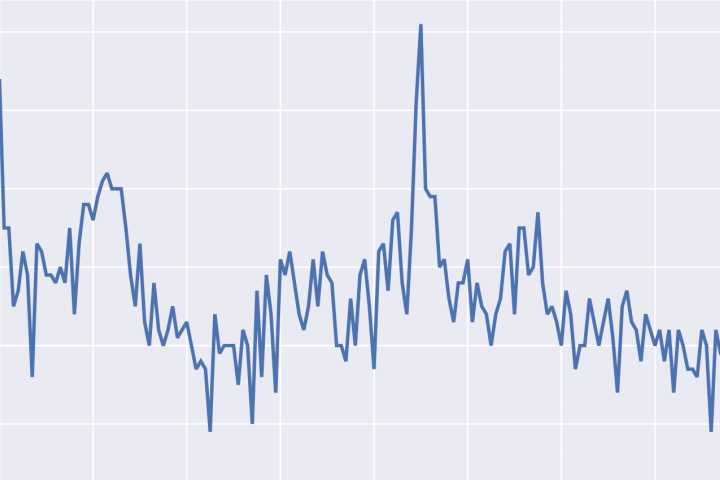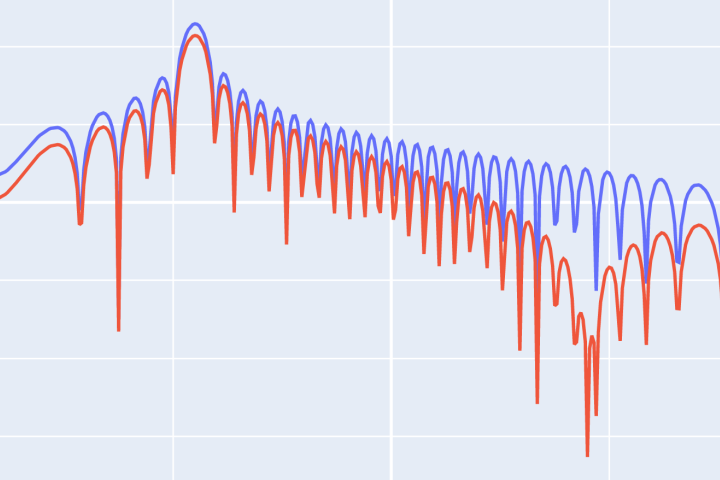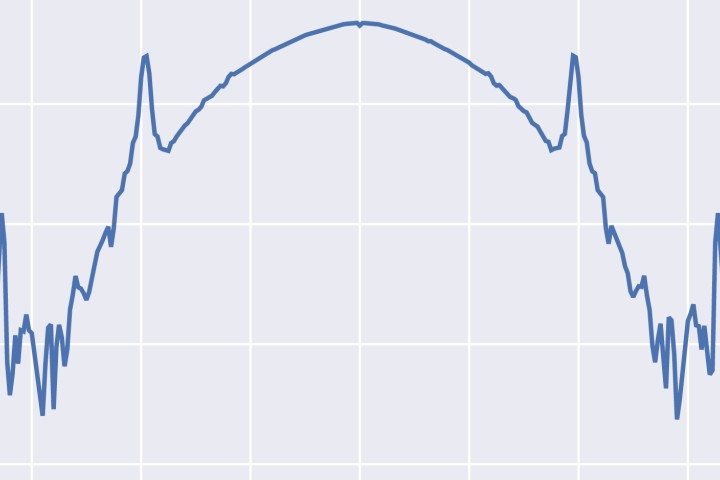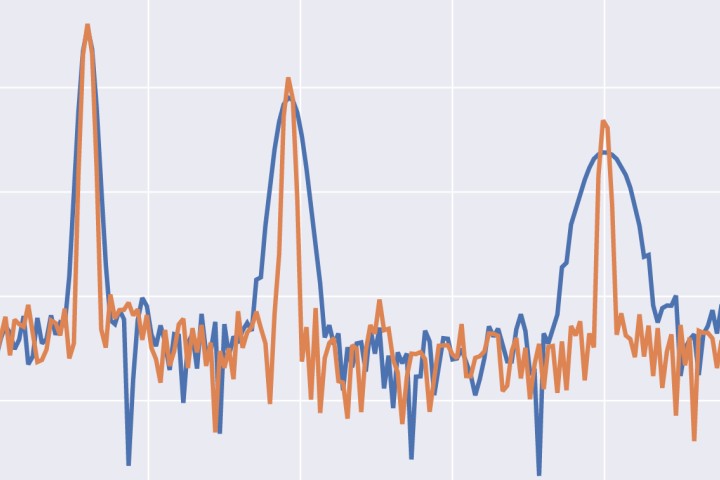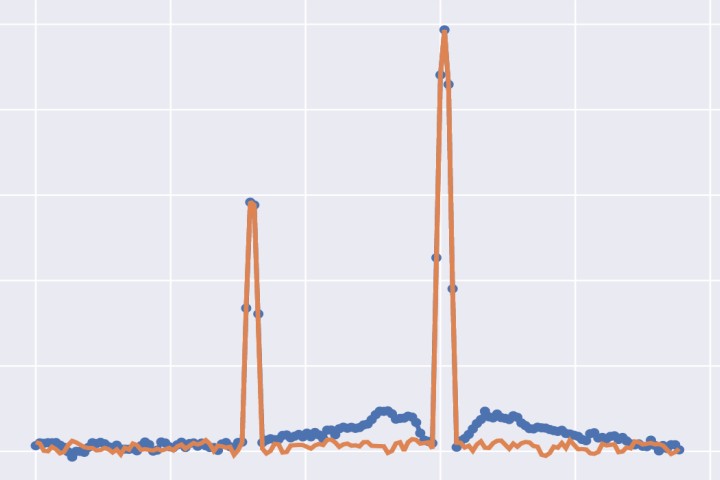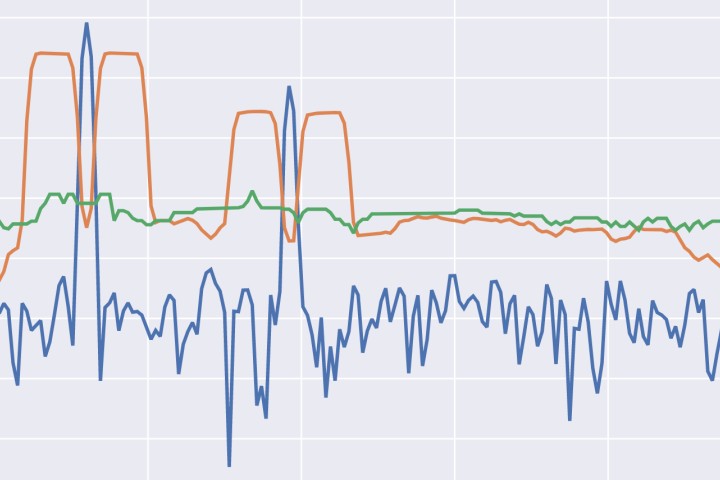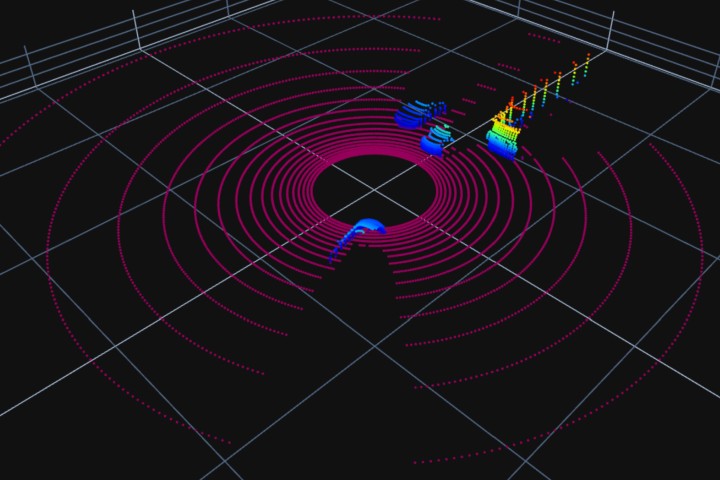FMCW Radar with a Car
This illustration exemplifies the utilization of ray tracing to simulate the response of an FMCW radar to a predefined 3D scene, employing the powerful framework of RadarSimPy. Furthermore, it offers a comprehensive demonstration of fundamental range and Doppler processing techniques, enabling the extraction of crucial target information such as range and velocity.
